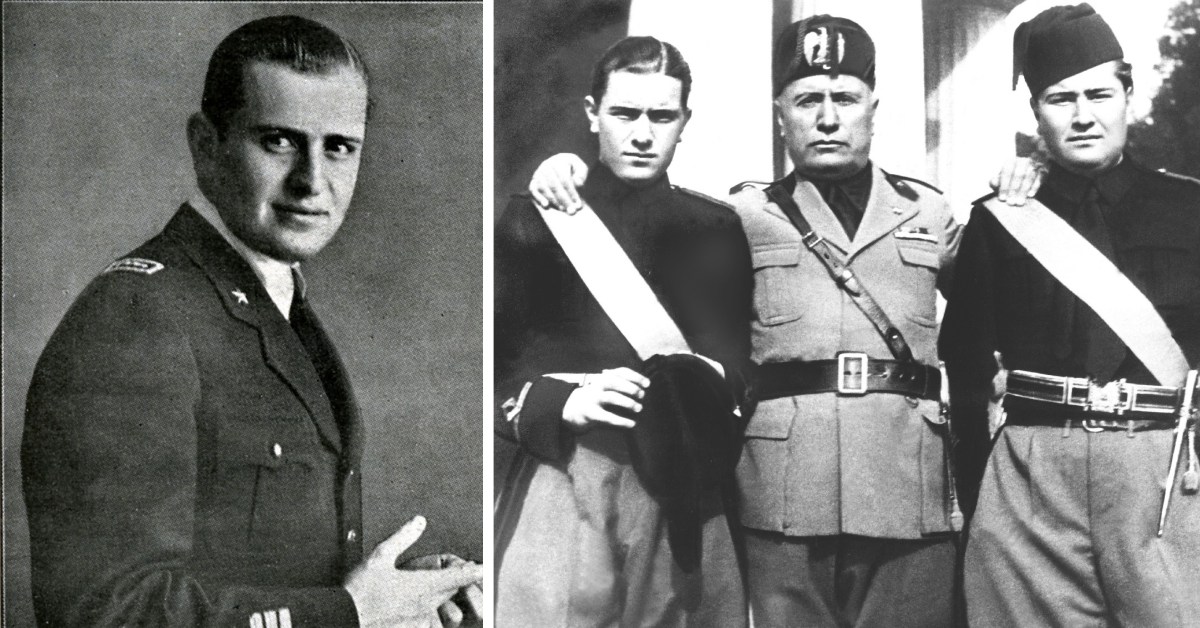Bruno Mussolini was the second acknowledged son of Italian dictator Benito Mussolini and his wife, Rachele. He was a decorated and experienced pilot, but his life was cut short in 1941 when he was just 23 years old. His death had a significant impact on his father, Benito Mussolini.
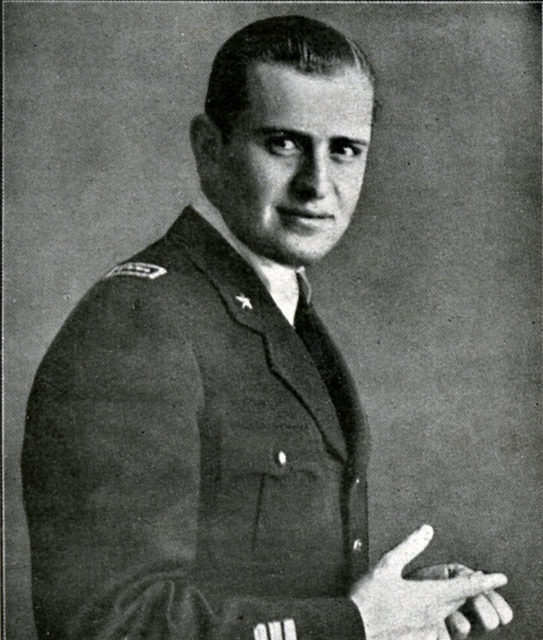
Early Life
Bruno Mussolini was born on August 22, 1918, in Milan, Italy. During the time of his birth, his father Benito Mussolini was the editor of Il Popolo d’Italia (“The People of Italy”) newspaper. In 1919, Bruno caught a severe case of diphtheria. According to Rachele Mussolini, Bruno’s sickness greatly affected Benito Mussolini “far more than any political success or defeat.”
Benito and Rachele Mussolini would spend days at Bruno’s bedside watching for the faintest sign that his health was improving. When the physicians finally told Rachele and Benito that their son was out of danger, Benito’s eyes “filled with tears of joy.”
This clean bill of health didn’t last long for young Bruno, however, as he suffered a bronchial complaint just as he was getting over his diphtheria. By the time he got over his bronchial complaint, two-year-old Bruno’s weight had dropped to only 15 pounds.
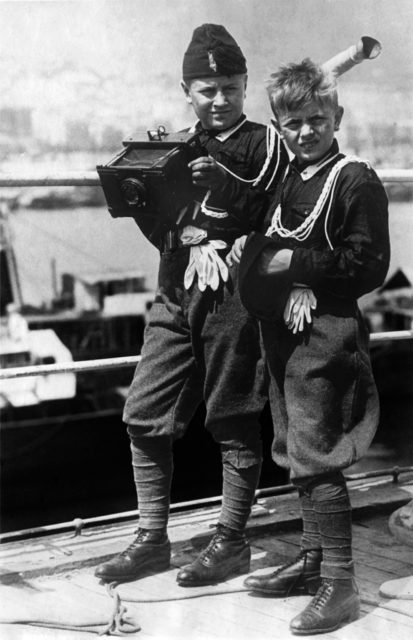
After this initial health scare, Bruno grew to be a healthy and happy child. At age 12, Bruno and his older brother Vittorio (who was 14 at the time) followed in their father’s footsteps and took up journalism as a job. Together they published La Penna del Ragazzi (“The Boys’ Pen”), a weekly magazine published in Rome.
On November 7, 1938, Bruno married Gina Ruberti in Rome. Gina Ruberti was the daughter of the head of the Ministry of Education’s Contemporary Art Bureau. On March 18, 1940, the couple welcomed a daughter who they named Marina.
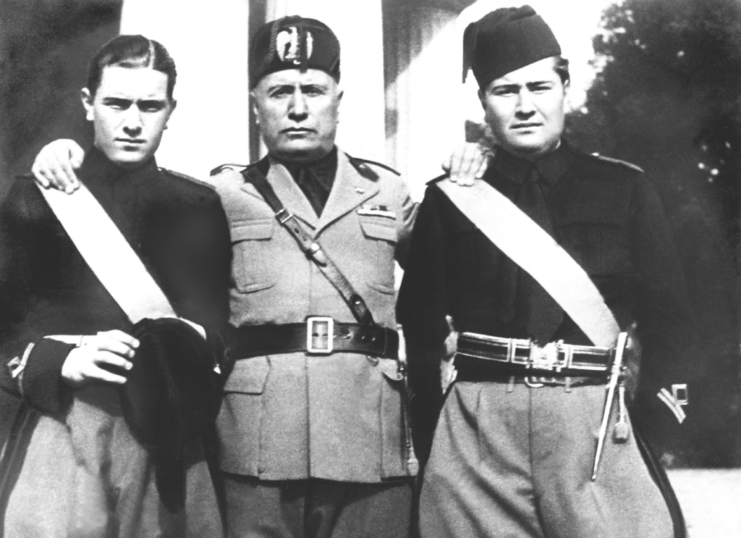
Bruno Mussolini as a pilot
In June 1935, Bruno became Italy’s youngest licensed pilot at age 17. During the Second Italo-Ethiopian War (1935-1936), Bruno flew with the Regia Aeronautica (Italian Royal Air Force). At age 18, Bruno earned a silver medal of valor for his work in the Ethiopian campaign. After Ethiopia, Bruno also flew in the Spanish Civil War, working in a bombing squadron with the Rightist airforce. He made raids on Barcelona, Valencia, Alicante, and Cartagena. Bruno earned a second silver medal of valor during the Spanish Civil War.
Bruno also flew for Italy during the Second World War. According to Bruno’s younger brother Romano Mussolini, when Bruno returned home to Italy from Germany, Benito Mussolini asked Bruno to report on the true capabilities of the German airforce. Bruno told his father that “despite the Germans’ admirable and widespread efforts, they would lose the War.”
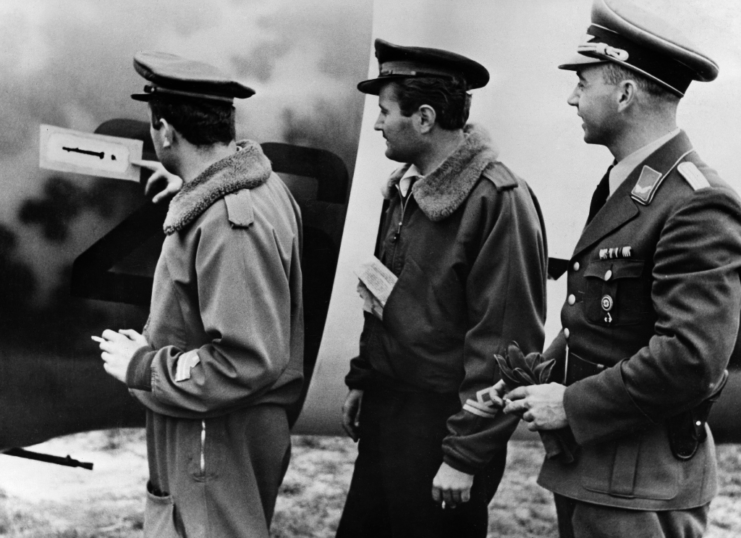
In addition to participating in major European conflicts, Bruno also was involved in setting various flight airspeed records. In 1937, Bruno was credited with establishing speed records for land planes carrying 500, 1000, and 5000 piping loads over a closed circuit. In 1938, Bruno Mussolini and two other pilots flew nonstop from Spain to Brazil.
Bruno’s untimely death
Bruno Mussolini’s life was cut short on August 7, 1941. Bruno Mussolini had volunteered to test a prototype of the Piaggio P-108 Bombardier. The Piaggio P-108 was a powerful aircraft with four engines and a 7700-pound bomb payload. However, the P-108 was produced only in limited numbers during the Second World War due to a lengthy development program, demands placed on Italian industrial capacity, and the scarcity of resources.
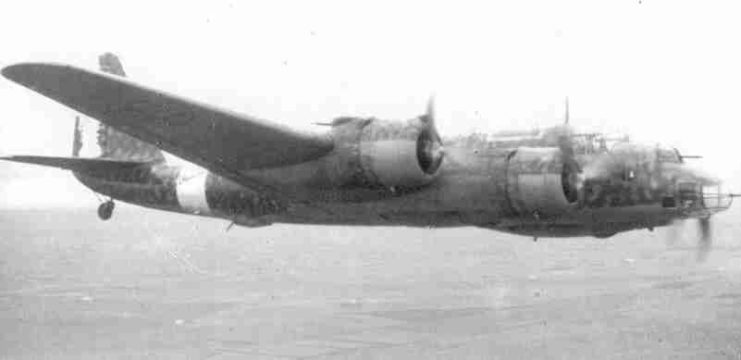
On August 7, 1941, at around 8:50 in the morning, Bruno took off from the airport in Pisa (Italy) in a P-108 Bombardier prototype. He had flown this same plane a week earlier over Riccione (Italy) and wanted to perform a series of specific flight tests.
On this fateful day, the large plane had a difficult time lifting off the runway and managed to do so only at the very last moment. As a result, the plane hit a small house with one of its wings, which caused the plane to overturn on Bruno’s side. Bruno Mussolini and three other aviators lost their lives in this accident.
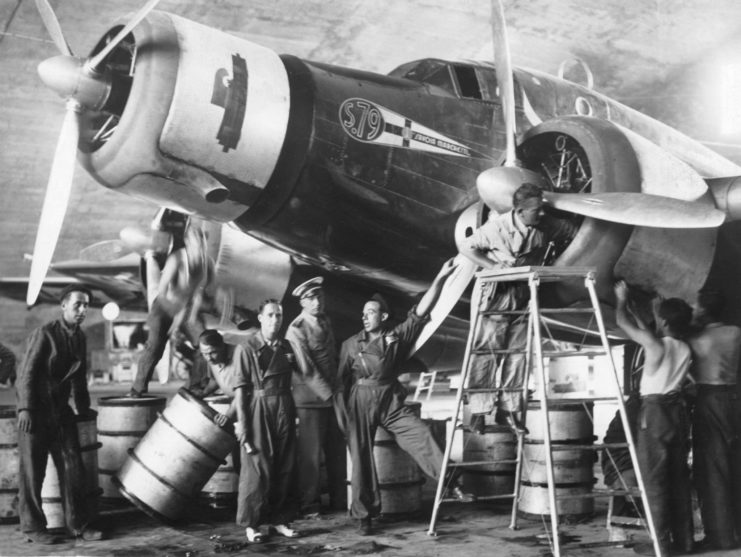
An investigation into this accident cleared Bruno of any fault. The investigation revealed the cause of the accident to be the improper functioning of the gas switch, due to the great distance between the motors and the pilot’s post. Bruno Mussolini was posthumously awarded the Gold Medal for Aeronautic Valor for his sacrifice.
Benito Mussolini’s reaction to Bruno’s death
Family close to Benito Mussolini reported that the dictator was heartbroken at the loss of his second son. Rachele Mussolini recalled that “Il Duce’s excruciating silence” hit her the hardest when the couple found out about Bruno’s accident. She added, “it was as if he had turned to stone.”
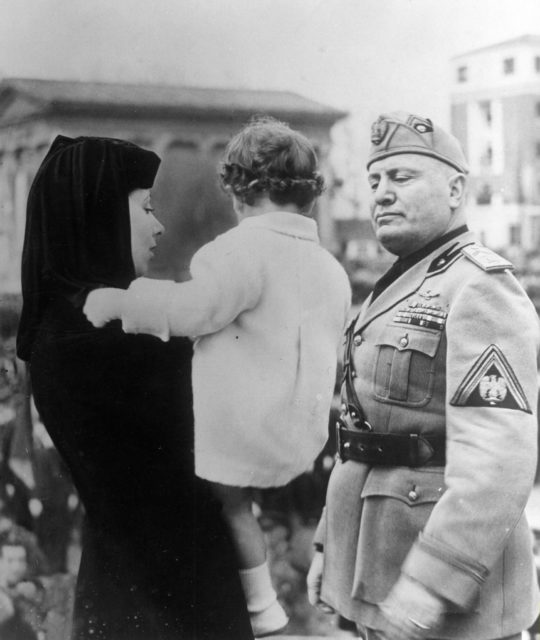
Vittorio Mussolini also recalled how Bruno’s death impacting his father, stating “there was a Mussolini before Bruno’s death, and a Mussolini after Bruno’s death. I’m not saying that prior to August 7, 1941, our father smiled often, but despair was not part of his emotional range. The tragedy turned him into a different man whose lost stare, at times, provoked tragedy.”
Benito Mussolini partially dealt with his grief over Bruno’s death by writing a book titled Parlo con Bruno, or, I Talk With Bruno. This book implied timeless intimacy between the father and son and mixed Fascist, Catholic, and family piety together.
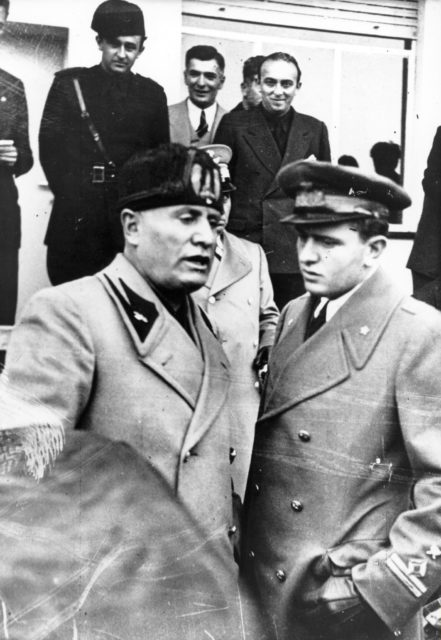
More from us: The Death Of The Yamato, A New Class Of Japanese Battleship
An elaborate funeral was held at the Fascist Party headquarters in Pisa and Bruno Mussolini was interred in the Mussolini family crypt in San Cassiano cemetery in the town of Predappio. In 1985, actor Robert Downey Jr. played Bruno Mussolini in the television mini-series Mussolini: The Untold Story.
